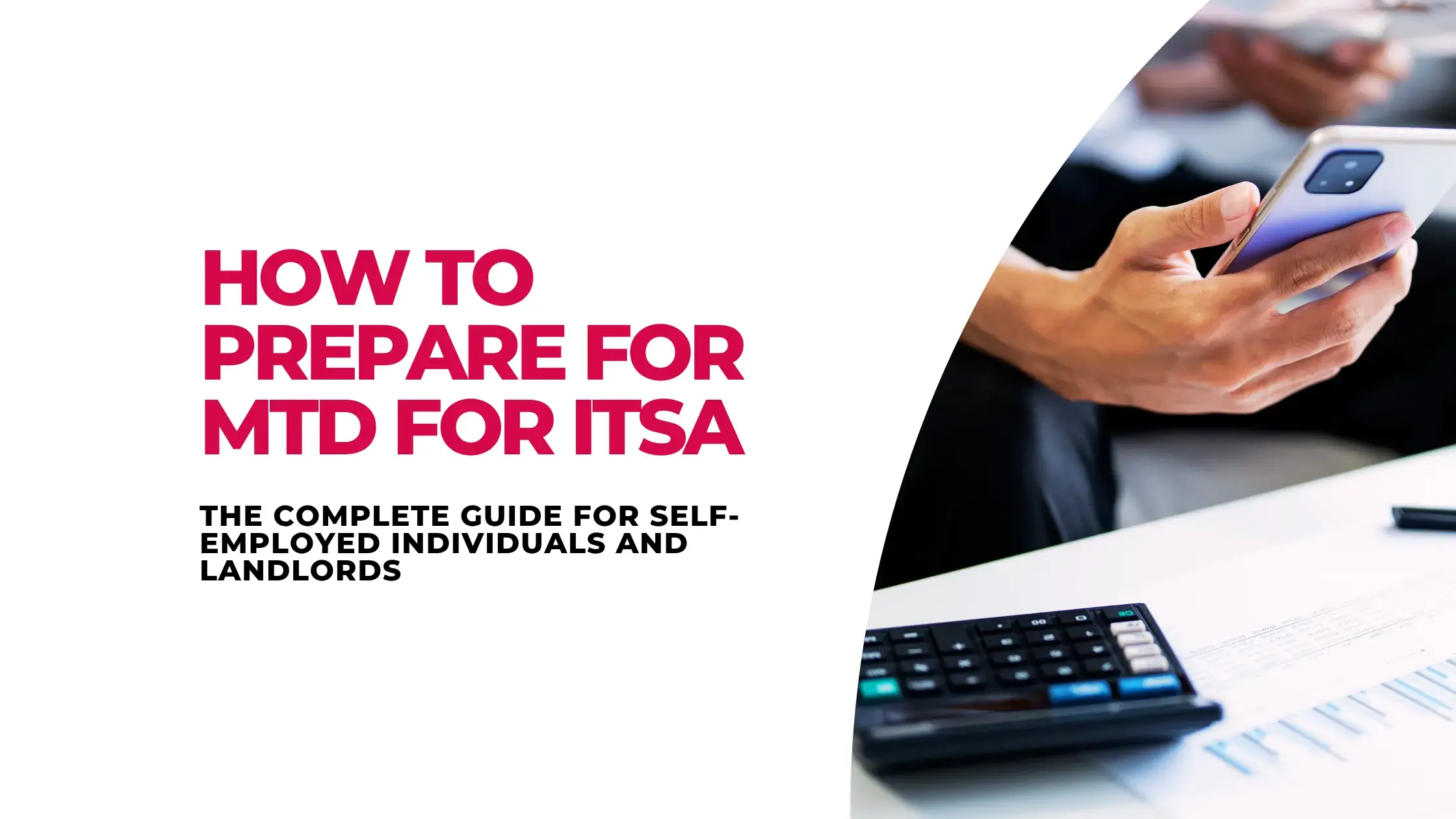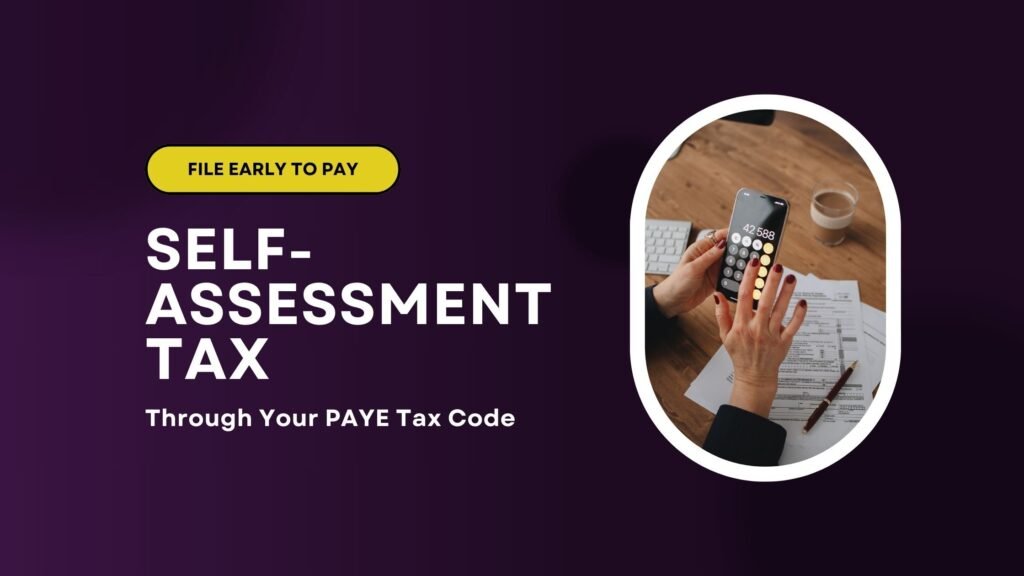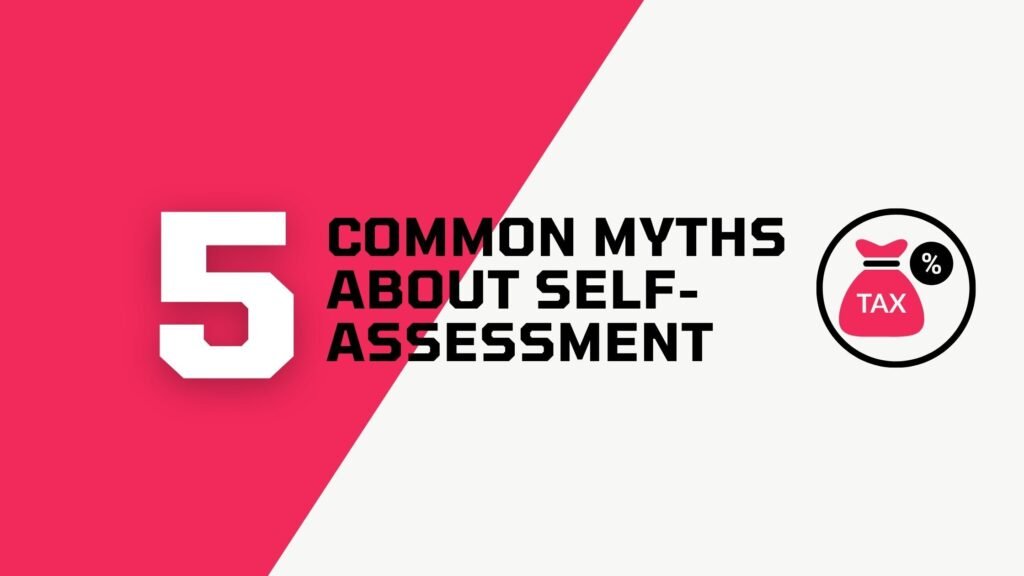The UK government’s Making Tax Digital (MTD) initiative is transforming how individuals report their tax information to HMRC. With the upcoming implementation of MTD for ITSA (Income Tax Self-Assessment), millions of self-employed individuals and landlords will be required to transition to digital systems for record-keeping and tax submissions. These changes will take effect in April 2026 and will impact anyone with income from self-employment and/or property exceeding certain thresholds.
In this article, we’ll cover everything you need to know about MTD for ITSA, including who it affects, the key requirements, when it starts, and how you can prepare for the changes.
What is MTD for ITSA?
In simple terms, Making Tax Digital for Income Tax Self-Assessment (MTD for ITSA) is a government initiative designed to make the tax system more modern and efficient. It requires self-employed individuals and landlords to maintain digital records and submit quarterly updates of income and expenditure to HMRC using approved software. This move is part of a broader effort to make tax administration more effective and efficient.
When Does MTD for ITSA Become Mandatory?
The mandation of MTD for ITSA will be phased in as follows:
- From April 2026: Individuals with combined income from self-employment and/or property exceeding £50,000.
- From April 2027: The threshold lowers to £30,000.
- From April 2028: Further reduction to £20,000.
These thresholds refer to gross income before expenses. For example, if you earn £30,000 from self-employment and £25,000 from property, your total qualifying income is £55,000, which exceeds the £50,000 threshold for April 2026.
What Are the Key Requirements for MTD for ITSA Compliance
Under MTD for ITSA, individuals affected by the new rules must meet the following requirements:
1. Keep Digital Records of Income and Expenses: All income and expenses must be recorded digitally. This includes tracking revenue, costs, and any other financial data relevant to self-employment or property income.
2. Submit Quarterly Updates to HMRC: You must submit digital updates of your income and expenditure to HMRC via HMRC-approved software every three months. This replaces the traditional annual tax return process with more frequent reporting.
3.File an End-of-Year Tax Return: After submitting quarterly updates, you’ll still need to file an annual self-assessment tax return through MTD-compatible software, which consolidates your quarterly updates and ensures accurate year-end reporting.
4.Adhere to the New Points-Based Penalty System: A points-based penalty system will be introduced for late filings and late payments, similar to the penalty structure for VAT. Points accumulate for each late submission, and financial penalties will apply once a threshold is reached. This encourages timely compliance with MTD deadlines.
Make sure that the software you use is HMRC-approved to ensure it meets all technical standards for compliance. Keep in mind that the transition to quarterly updates will require more frequent record-keeping and reporting, so getting used to these deadlines will be crucial.
Need Help with MTD for ITSA?
Are There Any Exemptions for MTD for ITSA?
Yes, there are certain exemptions from MTD for ITSA, depending on individual circumstances. Below are the main exemptions:
1. Income Threshold Exemptions
MTD for ITSA is only mandatory for those whose gross income from self-employment and property exceeds specific thresholds:
April 2026: Income over £50,000.
April 2027: Income over £30,000.
April 2028: Income over £20,000.
Individuals with income below these amounts will be automatically exempt from MTD for ITSA.
2. Digital Exclusion Exemptions
If you are unable to use digital tools due to reasons like age, disability, location, or religious beliefs, you can apply for a digital exclusion exemption. HMRC provides guidance on how to apply for this exemption.
3. No National Insurance Number (NINO) Exemption
Individuals who do not have a National Insurance number by 31 January before the start of the tax year when MTD for ITSA would apply are automatically exempt. No application is required for this exemption.
4. Religious Society or Order Exemption
Members of certain religious societies or orders whose beliefs conflict with using electronic communications or digital record-keeping can be exempt from MTD for ITSA. This applies to businesses run solely by practicing members of these societies.
5. Other Exemptions
Additional exemptions include:
- Trustees, Executors, or Administrators: Exempt from MTD for ITSA.
- Non-Resident Companies: Exempt from MTD for ITSA.
- Personal Representatives of Deceased Individuals: Exempt from MTD for ITSA.
- Lloyd’s Members: Exempt from MTD for ITSA.
6. Voluntary Registration and Deregistration
If you are not required to comply with MTD for ITSA, you may still choose to register voluntarily. Once registered, you must comply with MTD requirements. You can deregister if your income falls below the exemption threshold for three consecutive tax years.
How You Can Prepare for MTD for ITSA
With MTD for ITSA set to begin in April 2026, here are some simple steps to help you get ready:
- Check if You’re Affected: Make sure your combined income from self-employment and/or property exceeds the applicable threshold. If your income is above these thresholds, you will need to comply with MTD.
- Choose MTD-Compliant Software: Select HMRC-approved software to manage your digital records. Popular options include QuickBooks, Xero, and FreeAgent. The software will help you track income, expenses, and submit quarterly updates.
- Start Keeping Digital Records: If you haven’t already, begin maintaining digital records of income and expenses. This is the foundation of MTD, making it easier to transition to the new system.
- Understand the Penalty System: Familiarize yourself with the new points-based penalty system for late submissions and payments. Stay on track to avoid penalties.
- Stay Updated: Keep an eye on HMRC guidelines and updates. You can check their website regularly to ensure you’re following the latest rules and software requirements.
- Consider Professional Help: If needed, consult an accountant or tax professional to ensure your preparations are in order and your records are compliant with MTD for ITSA.
Final Thoughts
The introduction of MTD for ITSA marks a significant change in how self-employed individuals and landlords report their income. Understanding the requirements and taking early action will ensure a smooth transition to the new system. If there’s any uncertainty about your status or the steps needed, consulting with a tax professional can provide valuable guidance.
FAQs for Making Tax Digital for Income Tax
MTD for ITSA applies to self-employed individuals and landlords with gross income over £50,000 from April 2026, and over £30,000 from April 2027. HMRC may extend this to those earning over £20,000 from April 2028. Partnerships are not currently included but may be in the future.
MTD for ITSA comes into effect from 6 April 2026 for self-employed individuals and landlords with total income over £50,000. It will apply from 6 April 2027 for those earning over £30,000. HMRC plans to extend it to those earning over £20,000 from 6 April 2028. Partnerships are not yet included.
You must keep digital records of your self-employment and property income using compatible software. You’ll need to send quarterly updates to HMRC and submit a Final Declaration at the end of the tax year. The End of Period Statement is no longer required. All submissions must be made digitally.
You need to submit quarterly updates to HMRC summarising your income and expenses, plus a final declaration at the end of the tax year that replaces the traditional Self Assessment tax return and confirms your full tax position.
No, spreadsheets won’t be sufficient. You need to use HMRC-approved software for submitting and managing your records. Some software allows you to integrate spreadsheets, but the records themselves need to be stored digitally in an approved system.
Choose HMRC-approved software to ensure compliance. Popular options include QuickBooks, Xero, and FreeAgent, which can help you maintain digital records, track expenses, and submit quarterly updates.
You can join the MTD for ITSA pilot voluntarily if you’re a self-employed individual or landlord who meets HMRC’s criteria. To join, use MTD-compatible software and sign up through HMRC or your software provider. The pilot lets you try the system before it becomes mandatory in April 2026.





